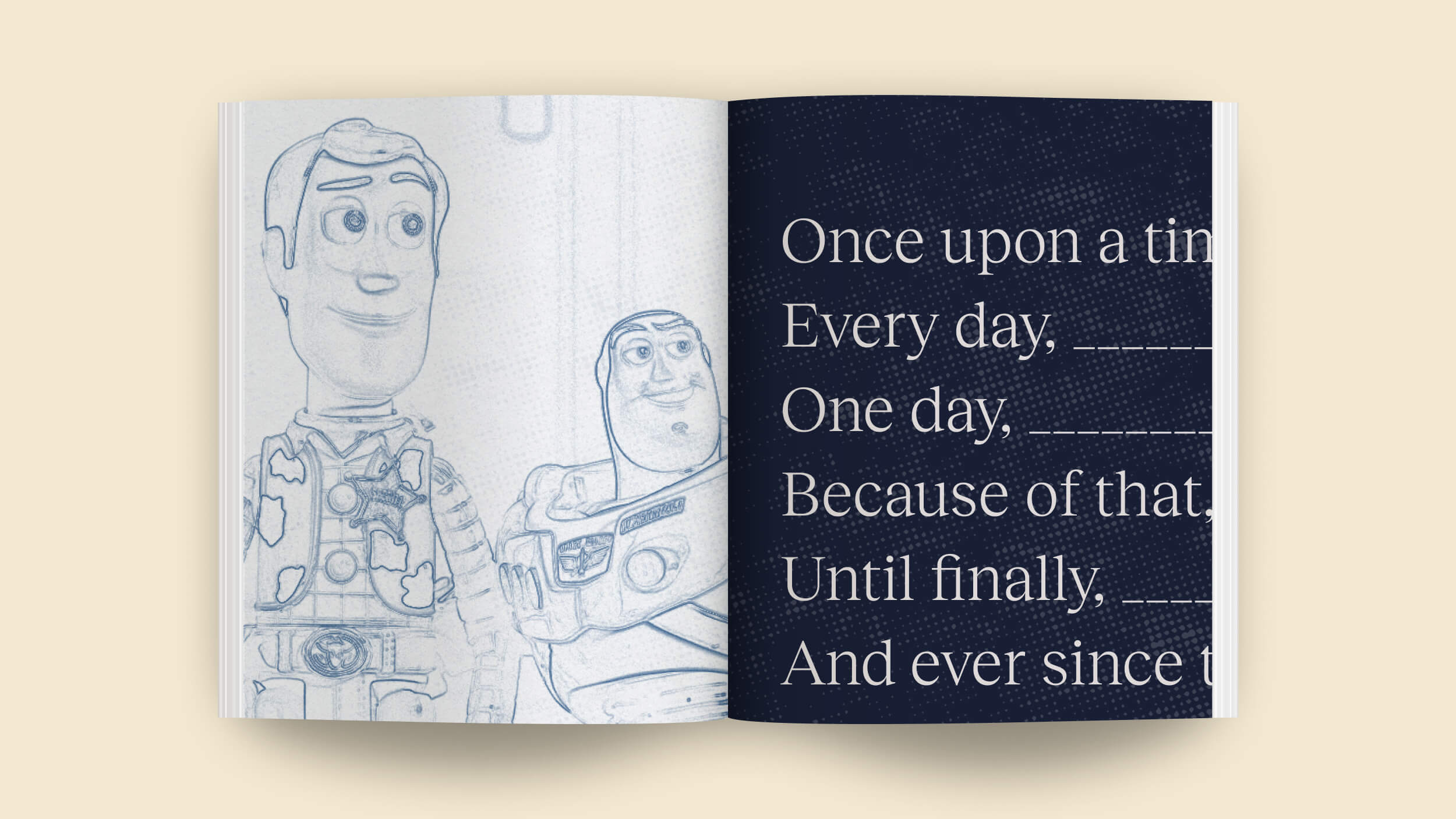In some ways, the psychology of combat hasn’t changed since Troy. But modern wars have also brought their own unique traumas.
Question: In what waysrnhas the average soldier’s war experience changed?
rnrnNancy Sherman:rnWell, it stays constant in the sense that you leave a civilian life, yourn put onrna uniform, you kind of get cut to size, in a way, through boot camp and rnthenrnrebuilt as part of a cadre and in a good army you’re really tight, it’s rnaboutrnsolidarity, it’s about cohesion and you do better if there’s cohesion rnand ifrnyou’re not replaced one by one, you’re replaced by units where you go rntogetherrnand come back together as best you can and know you’re going to bring rneachrnother home, or try to at least. rnAnd, of course, now we have women in the forces, a small rnpercentage, butrnthey’re trying their best to blend. And in talking to women, it can be arnstruggle. We don’t think aboutrnships, but in ships, those are tight environments, not a lot of outside rncontactrnand it can be very internal-looking.
rnrnSo, those are some of the continuing factors that rnyou gorninto a place that’s really high stress. But what’s different now, two rnthingsrnthat come to my mind, one is that we’re fighting counter-insurgency rnwars. We had some of that in Vietnam, but wernreally have it now where you can’t tell the difference between the rncivilian andrnthe combatant and the combatant, the insurgent, exploits that and rnshields, in arnsense, civilians in, or shields themselves in civilian populations. So, we have right now rules ofrnengagement that are tight. GeneralrnStanley McChrystal has said, “You don’t fire unless you are really arernoverrun.” And so soldiers arerntrying to hold back their fire if they run a risk of a civilian casualtyrn andrnthe preponderance of risk ought to be on themselves as trained soldiers. I think that’s right, I really do think that soldiersrn needrnto put the risk upon themselves, they’re the ones that are trained to rnfight,rnnot the civilian. But it’s hardrnwhen you know you’re being taken advantage of. So,rn that’s a real stress factor.
rnrnThe other stress factor, of course, that makes it rndifferent in addition to the counter-insurgency operations, is that we rnare a thinned outrnmilitary fighting for 10 years—longer than the World War II period—withrnmultiple deployments. And I don’trnmean just one and two; three and four and five, and I’ve talked to some rnthatrnare in six, with short dwell time at home. And I guess you couldrnsay a third factor, no front line and rear guard. You’rern always exposed because there’s always an explosionrnthat can go off.
rnrnSo, those three factors—counter-insurgency rnoperations withrnco-mingling of civilian; and combatant, thinned out Army with multiplerndeployments; and no front line, but always exposed—make for a very, veryrnstressful environment.
rnrnYou could add a fourth factor to that, certainly, rnand thatrnis right now the war theater and the home theater are themselves rnco-mingled inrna certain way. Soldiers can email,rninstant message, cell phone home and vice versa, and the upshot is that rntherninsulation that sometimes was so protective isn’t always there. As a soldier you worry about what’srnhappening with your kids or your spouse, at the same time you worry rnwhat’srnhappening with your battle buddy.





